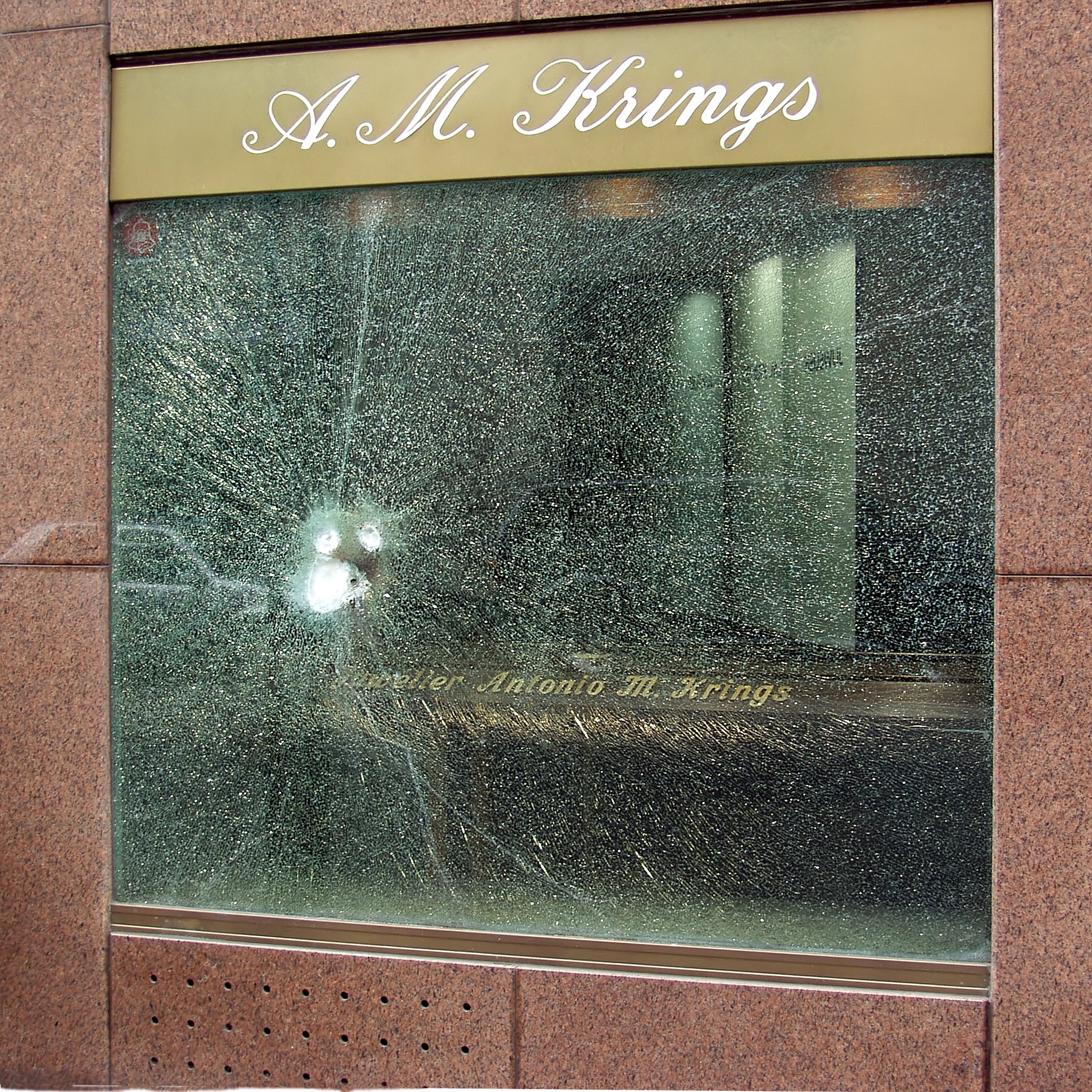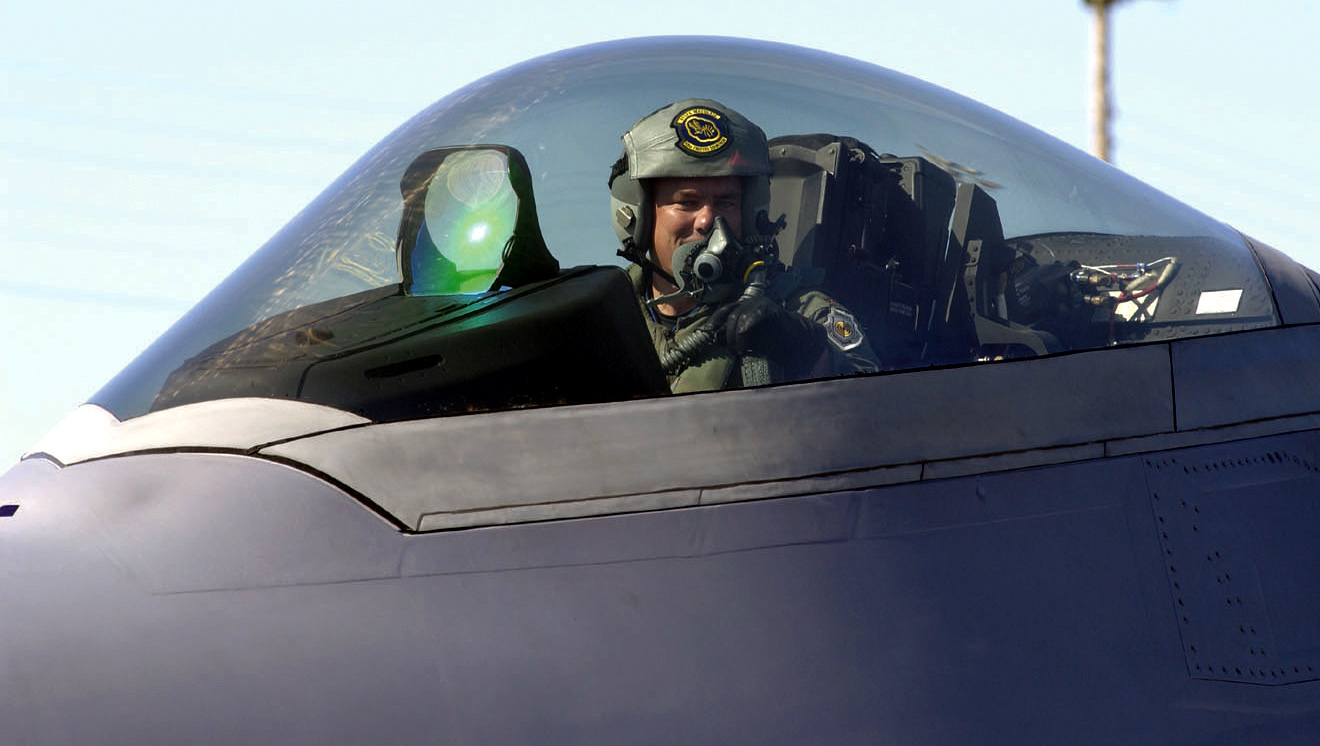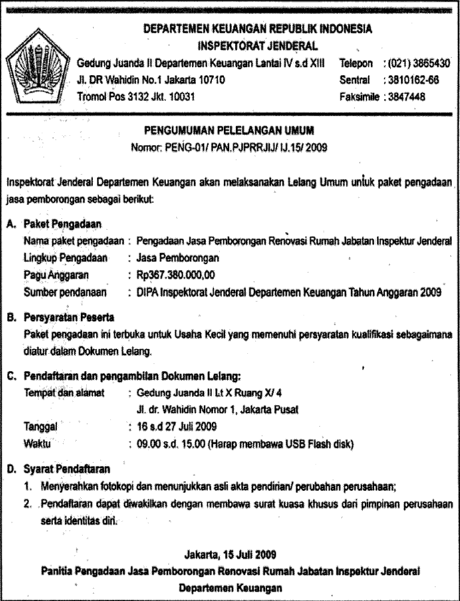|
Hs-129
The Henschel Hs 129 was a World War II ground-attack aircraft fielded by the German ''Luftwaffe''. The aircraft saw combat in Tunisia and on the Eastern Front. A key requirement of the original specification was that the aircraft be powered by engines that were not in demand for other designs. Prototypes with low-power German Argus As 410 engines of failed acceptance test, a more powerful replacement was found with the French Gnome-Rhône 14M engine of . The design was relatively effective when it was first introduced, and saw service on the Eastern Front in a variety of front-line roles. As the war continued and anti-tank support became the main goal, the aircraft was continually up-gunned, eventually mounting a 75 mm anti-tank gun. Only a small number of these B-3 models were produced, late in the war. Design and development By the mid-1930s, the German military, as well as its counterparts in other countries, had come to see the main role of ground-attack aircraft as ... [...More Info...] [...Related Items...] OR: [Wikipedia] [Google] [Baidu] |
Freeman Army Airfield
: ''For the civil use of this facility after 1946, see Freeman Municipal Airport '' Freeman Army Airfield is an inactive United States Army Air Forces base. It is located south-southwest of Seymour, Indiana. The base was established in 1942 as a pilot training airfield. It was also the first military helicopter pilot training airfield. In 1944, black bomber pilots were trained at Freeman, and it was the scene of a racial incident that outraged many Americans and led to the military re-evaluating its racial policies. After the war, captured German, Italian and Japanese aircraft were brought to the base for evaluation and testing. It was closed in 1946. History Freeman Army Airfield was named in honor of Captain Richard S. Freeman. A native of Indiana and 1930 graduate of West Point, he was awarded the Distinguished Flying Cross, was awarded the Mackay Trophy, and was one of the pioneers of the Army Air Mail Service. Captain Freeman was killed on 6 February 1941 in the crash ... [...More Info...] [...Related Items...] OR: [Wikipedia] [Google] [Baidu] |
Spanish Civil War
The Spanish Civil War ( es, Guerra Civil Española)) or The Revolution ( es, La Revolución, link=no) among Nationalists, the Fourth Carlist War ( es, Cuarta Guerra Carlista, link=no) among Carlists, and The Rebellion ( es, La Rebelión, link=no) or The Uprising ( es, La Sublevación, link=no) among Republicans. was a civil war in Spain fought from 1936 to 1939 between the Republicans and the Nationalists. Republicans were loyal to the left-leaning Popular Front government of the Second Spanish Republic, and consisted of various socialist, communist, separatist, anarchist, and republican parties, some of which had opposed the government in the pre-war period. The opposing Nationalists were an alliance of Falangists, monarchists, conservatives, and traditionalists led by a military junta among whom General Francisco Franco quickly achieved a preponderant role. Due to the international political climate at the time, the war had many facets and was variously viewed as cla ... [...More Info...] [...Related Items...] OR: [Wikipedia] [Google] [Baidu] |
Focke-Wulf Flugzeugbau GmbH
Focke-Wulf Flugzeugbau AG () was a German manufacturer of civil and military aircraft before and during World War II. Many of the company's successful fighter aircraft designs were slight modifications of the Focke-Wulf Fw 190. It is one of the predecessor companies of today's Airbus. History The company was founded in Bremen on 24 October 1923 as Bremer Flugzeugbau AG by Prof. Henrich Focke, Georg Wulf and Dr. rer. pol. Werner Naumann. Almost immediately, they renamed the company Focke-Wulf Flugzeugbau AG (later Focke-Wulf Flugzeugbau GmbH). Focke-Wulf merged, under government pressure, with Albatros Flugzeugwerke of Berlin in 1931. The Albatros Flugzeugwerke engineer and test pilot Kurt Tank became head of the technical department and started work on the Fw 44 ''Stieglitz'' (Goldfinch). Dr Ludwig Roselius became Chairman in 1925 and handed over to his brother Friedrich in early 1933. In 1938 Roselius' HAG combine increased its shareholding to 46% and C. Lorenz AG secured 28% ... [...More Info...] [...Related Items...] OR: [Wikipedia] [Google] [Baidu] |
Strafing
Strafing is the military practice of attacking ground targets from low-flying aircraft using aircraft-mounted automatic weapons. Less commonly, the term is used by extension to describe high-speed firing runs by any land or naval craft such as fast boats, using smaller-caliber weapons and targeting stationary or slowly-moving targets. Etymology The word is an adaptation of German ''strafen'', to punish, specifically from the humorous adaptation of the German anti-British slogan ''Gott strafe England'' (May God punish England), dating back to World War I. Description Guns used in strafing range in caliber from machine guns, to autocannon or rotary cannon. Although ground attack using automatic weapons fire is very often accompanied with bombing or rocket fire, the term "strafing" does not specifically include the last two. The term "strafing" can cover either fixed guns, or aimable (flexible) guns. Fixed guns firing directly ahead tend to be more predominant on fixed ... [...More Info...] [...Related Items...] OR: [Wikipedia] [Google] [Baidu] |
Bullet-proof Glass
Bulletproof glass, ballistic glass, transparent armor, or bullet-resistant glass is a strong and optically transparent material that is particularly resistant to penetration by projectiles. Like any other material, it is not completely impenetrable. It is usually made from a combination of two or more types of glass, one hard and one soft. The softer layer makes the glass more elastic, so that it can flex instead of shatter. The index of refraction for all of the glasses used in the bulletproof layers must be almost the same to keep the glass transparent and allow a clear, undistorted view through the glass. Bulletproof glass varies in thickness from . Bulletproof glass is used in windows of buildings that require such security, such as jewelry stores and embassies, and of military and private vehicles. Construction Bullet-resistant glass is constructed using layers of laminated glass. The more layers there are, the more protection the glass offers. When a weight reduction is ... [...More Info...] [...Related Items...] OR: [Wikipedia] [Google] [Baidu] |
Canopy (aircraft)
An aircraft canopy is the transparent enclosure over the cockpit of some types of aircraft. An aircraft canopy provides a controlled and sometimes pressurized environment for the aircraft's occupants, and allows for a greater field of view over a traditional flight deck. A canopy's shape is a compromise designed to minimize aerodynamic drag, while maximizing visibility for pilots and other crewmembers. History Very early aircraft had no canopies. The pilots were exposed to the wind and weather, although most flying was done in good weather. Through World War I most aircraft had no canopy, although they often had a small windshield to deflect the prop wash and wind from hitting the pilot in the face. In the 1920s and 1930s, the increasing speed and altitude of airplanes necessitated a fully enclosed cockpit and canopies became more common. Early canopies were made of numerous pieces of flat glass held in position by a frame and muntins. The muntins reduced visibility, which w ... [...More Info...] [...Related Items...] OR: [Wikipedia] [Google] [Baidu] |
Cockpit
A cockpit or flight deck is the area, usually near the front of an aircraft or spacecraft, from which a Pilot in command, pilot controls the aircraft. The cockpit of an aircraft contains flight instruments on an instrument panel, and the controls that enable the pilot to fly the aircraft. In most airliners, a door separates the cockpit from the aircraft cabin. After the September 11 attacks, September 11, 2001 attacks, all major airlines Airport_security_repercussions_due_to_the_September_11_attacks#Improved_security_on_aircraft, fortified their cockpits against access by aircraft hijacking, hijackers. Etymology The word cockpit seems to have been cockpit (sailing), used as a nautical term in the 17th century, without reference to cock fighting. It referred to an area in the rear of a ship where the cockswain's station was located, the cockswain being the pilot of a smaller "boat" that could be dispatched from the ship to board another ship or to bring people ashore. The ... [...More Info...] [...Related Items...] OR: [Wikipedia] [Google] [Baidu] |
Vehicle Armour
Military vehicles are commonly armoured (or armored; see spelling differences) to withstand the impact of shrapnel, bullets, shells, rockets, and missiles, protecting the personnel inside from enemy fire. Such vehicles include armoured fighting vehicles like tanks, aircraft, and ships. Civilian vehicles may also be armoured. These vehicles include cars used by officials (e.g., presidential limousines), reporters and others in conflict zones or where violent crime is common. Civilian armoured cars are also routinely used by security firms to carry money or valuables to reduce the risk of highway robbery or the hijacking of the cargo. Armour may also be used in vehicles to protect from threats other than a deliberate attack. Some spacecraft are equipped with specialised armour to protect them against impacts from micrometeoroids or fragments of space debris. Modern aircraft powered by jet engines usually have them fitted with a sort of armour in the form of an aramid composite ... [...More Info...] [...Related Items...] OR: [Wikipedia] [Google] [Baidu] |
Small Arms
A firearm is any type of gun designed to be readily carried and used by an individual. The term is legally defined further in different countries (see Legal definitions). The first firearms originated in 10th-century China, when bamboo tubes containing gunpowder and pellet projectiles were mounted on spears to make the portable fire lance, operable by a single person, which was later used effectively as a shock weapon in the Siege of De'an in 1132. In the 13th century, fire lance barrels were replaced with metal tubes and transformed into the metal-barreled hand cannon. The technology gradually spread throughout Eurasia during the 14th century. Older firearms typically used black powder as a propellant, but modern firearms use smokeless powder or other propellants. Most modern firearms (with the notable exception of smoothbore shotguns) have rifled barrels to impart spin to the projectile for improved flight stability. Modern firearms can be described by their caliber (i.e ... [...More Info...] [...Related Items...] OR: [Wikipedia] [Google] [Baidu] |
Request For Tender
An invitation to tender (ITT, otherwise known as a call for bids or a request for tenders) is a formal, structured procedure for generating competing offers from different potential suppliers or contractors looking to obtain an award of business activity in works, supply, or service contracts, often from companies who have been previously assessed for suitability by means of a supplier questionnaire (SQ) or pre-qualification questionnaire (PQQ). The term "notice inviting tenders" (NIT) is often used in purchasing in India. An ITT differs from a request for quotation (RFQ) or a request for proposal (RFP), in which case other reasons (technology used, quality) might cause or allow choice of the second best offer. An RFP is a request for a price from a buyer but the buyer would also expect suggestions and ideas on how the project work should be done. RFPs are thus focused on more than just pricing/cost, they entail a bit of consulting from the contractor or vendor. The closest equi ... [...More Info...] [...Related Items...] OR: [Wikipedia] [Google] [Baidu] |
Reich
''Reich'' (; ) is a German language, German noun whose meaning is analogous to the meaning of the English word "realm"; this is not to be confused with the German adjective "reich" which means "rich". The terms ' (literally the "realm of an emperor") and ' (literally the "realm of a king") are respectively used in German in reference to empires and kingdoms. The ''Cambridge Advanced Learner's Dictionary'' indicates that in English usage, the term "Third Reich, the Reich" refers to "Germany during the period of Nazi control from 1933 to 1945". The term ''German Reich, Deutsches Reich'' (sometimes translated to "German Empire") continued to be used even after the collapse of the German Empire and the German Revolution of 1918-1919, abolition of the monarchy in 1918. There was no emperor, but many Germans had imperialistic ambitions. According to Richard J. Evans: The continued use of the term 'German Empire', ''Deutsches Reich,'' by the Weimar Republic ... conjured up an image ... [...More Info...] [...Related Items...] OR: [Wikipedia] [Google] [Baidu] |
Ministry Of Aviation (Germany)
The Ministry of Aviation (german: Reichsluftfahrtministerium, abbreviated RLM) was a government department during the period of Nazi Germany (1933–45). It is also the original name of the Detlev-Rohwedder-Haus building on the Wilhelmstrasse in central Berlin, Germany, which today houses the German Finance Ministry (german: Bundesministerium der Finanzen). The Ministry was in charge of development and production of all aircraft developed, designed and built in Germany during the existence of the Third Reich, overseeing all matters concerning both military and civilian designs – it handled military aviation matters as its top priority, particularly for the Luftwaffe. As was characteristic of government departments in the Nazi era, the Ministry was personality-driven and formal procedures were often ignored in favour of the whims of the Minister, ''Reichsmarschall'' Hermann Göring. As a result, early successes in aircraft development progressed only slowly and erratically dur ... [...More Info...] [...Related Items...] OR: [Wikipedia] [Google] [Baidu] |









